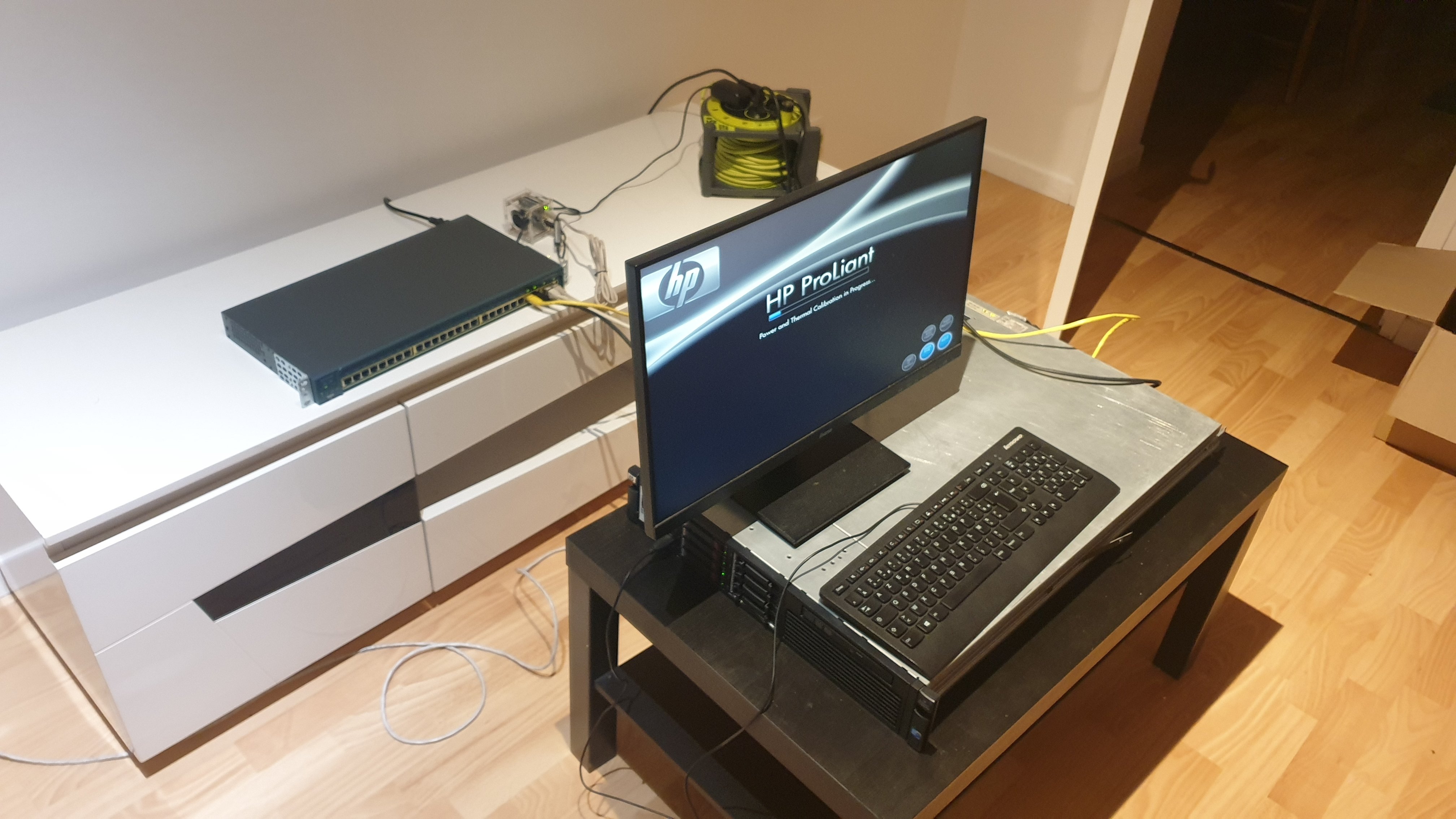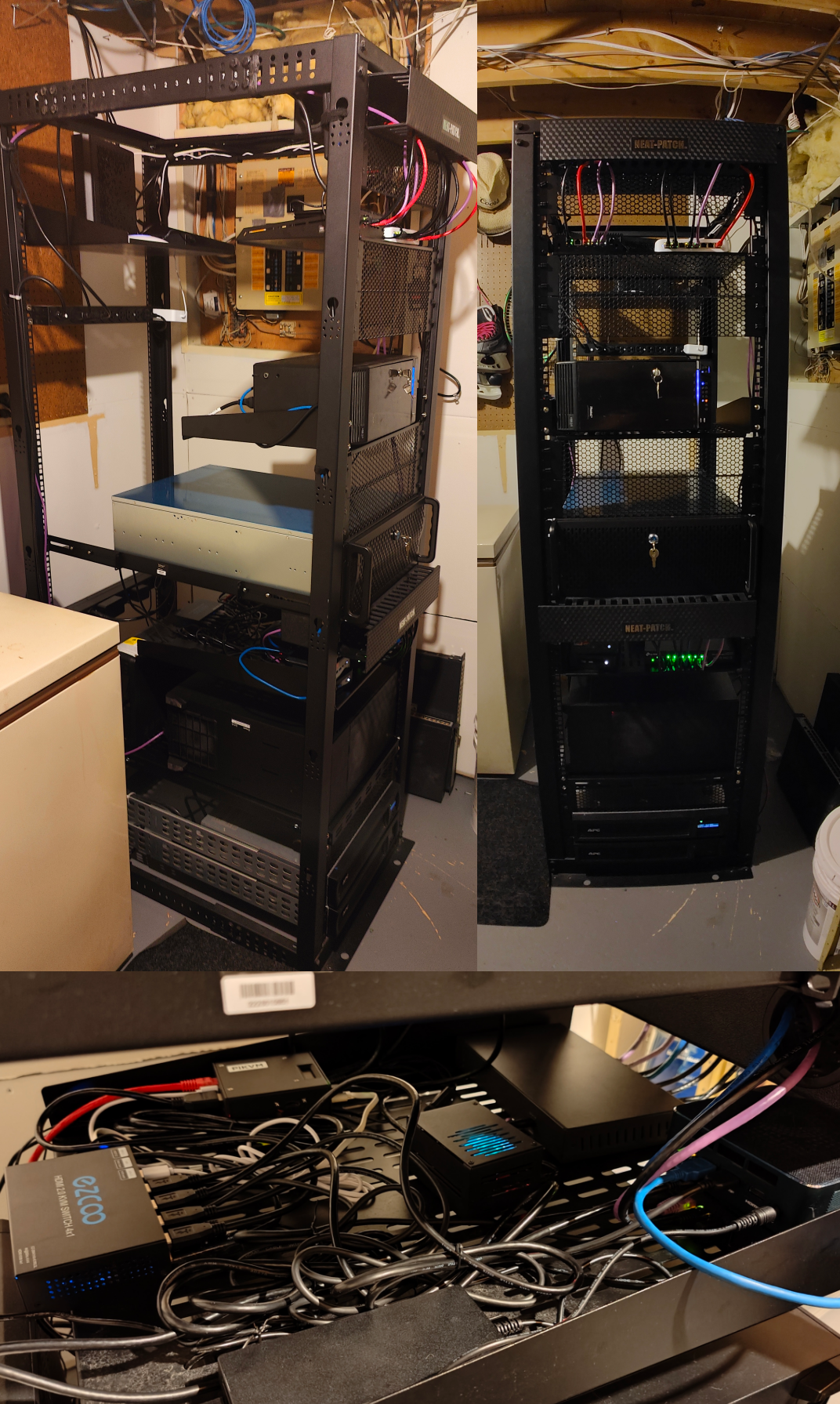101
102
103
104
105
106
107
25
108
109
110
111
112
113
114
115
116
117
118
119
120
121
122
123
124
125

